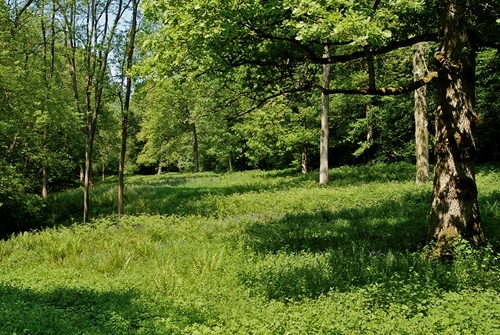Written by Alex Keeble, Advisor (Central England)
The commentary we often see and hear from Wild Justice and others who are not fans of game shooting could lead many people to the conclusion that gamebird management is harmful to the environment. A fundamental point, often missed by those who believe the impact of gamebird releasing is harmful to the environment, is that gamebird releasing is intrinsically linked with associated activities like habitat creation and management, supplementary feeding and predation control. As those involved in game management know, for a shoot to be successful, the birds have to be looked after and their year-round requirements catered for. In essence, it is the way the released birds are managed that provide the benefits to other wildlife.
Our science at the GWCT shows that the released birds themselves, if released at unsustainable densities, can cause localised negative impacts (e.g. on sensitive woodland ground flora). These impacts can be minimised or negated by following GWCT’s science based sustainable releasing guidelines. These guidelines are embedded in the Code of Good Shooting Practice. However, the potential for localised negative impacts, say, in and around release pens, need to be considered within the context of the many potential landscape scale benefits of game management, such as woodland and hedgerow management, provision of game and wild bird cover, supplementary feeding, and predation control.
All shoots should be able to demonstrate a net biodiversity gain from running their shoot.
We are confident that if shoots follow these principles then significant biodiversity benefits will arise from game management. We should not forget that game management provides the incentive to privately fund an enormous amount of habitat creation and management that, outside of nature reserves, is usually only incidental in other forms of land use.
For balance, it is worth highlighting some of the proven positive environmental impacts of game bird releasing and management. Numerous studies have shown that game management was and is the primary driver for woodland retention, planting and management on farmland and a recent GWCT study showed that hedgerows were more numerous in landscapes with game shoots compared with landscapes with no game shoots and the hedgerows on game shoots were more likely to be bordered by a conservation margin of some description. Another large-scale scientific study, published in a leading ecological science journal found that woodlands managed for pheasant shooting tended to be more open with a more diverse vegetation structure that supported more breeding songbirds.

Many of the current agri-environment options available in stewardship schemes have their roots in game management. For example, wild bird cover, buffer strips and late winter supplementary feeding are features that are main-stays on game shoots with proven conservation benefits. Control of generalist predators like foxes and crows is routine on most shoots. These habitats and activities are often privately funded outside of public funded schemes and they occur across vast areas of lowland agricultural landscapes. Agri-environmental schemes are now on hold across the country, this in turn makes privately funded habitat creation, supplementary feeding and predation control from shoots even more essential for farmland biodiversity.
Ensuring that gamebird releasing and management contribute positively to biodiversity is more important now than ever as it is an increasingly popular activity and with such large numbers released. For shoots operating on or near to any protected sites it is really important that shoot managers are fully aware of the reasons why sites are designated as having high ecological value and adapt their management accordingly following the GL43 if applicable. It is also important that regulators and those responsible for managing protected sites recognise the wider conservation benefits that game management can deliver. With dialogue and by working together wildlife will surely benefit.

Licensing changes, disease threats, and public scrutiny are putting shoots under pressure and means the future of sustainable game management could be at risk - and wildlife could be the loser.
GWCT science proves that game management delivers for biodiversity. Now we need to capture data at scale to demonstrate to policymakers and the public what these benefits are.
By donating to the GWCT’s Unlock the Data Appeal, you could help us raise the £40,000 needed to build a groundbreaking digital platform to turn real-world observations into credible, unignorable science.